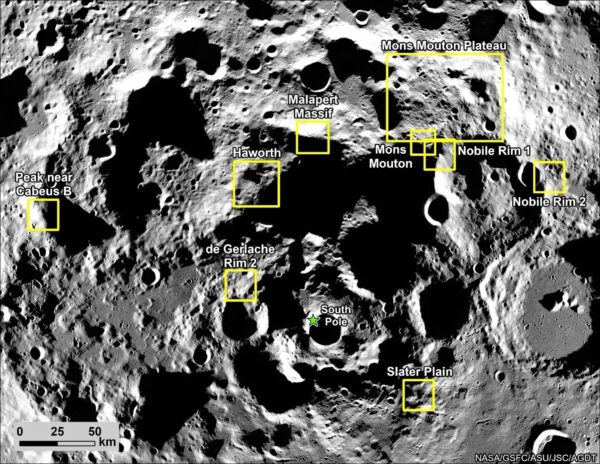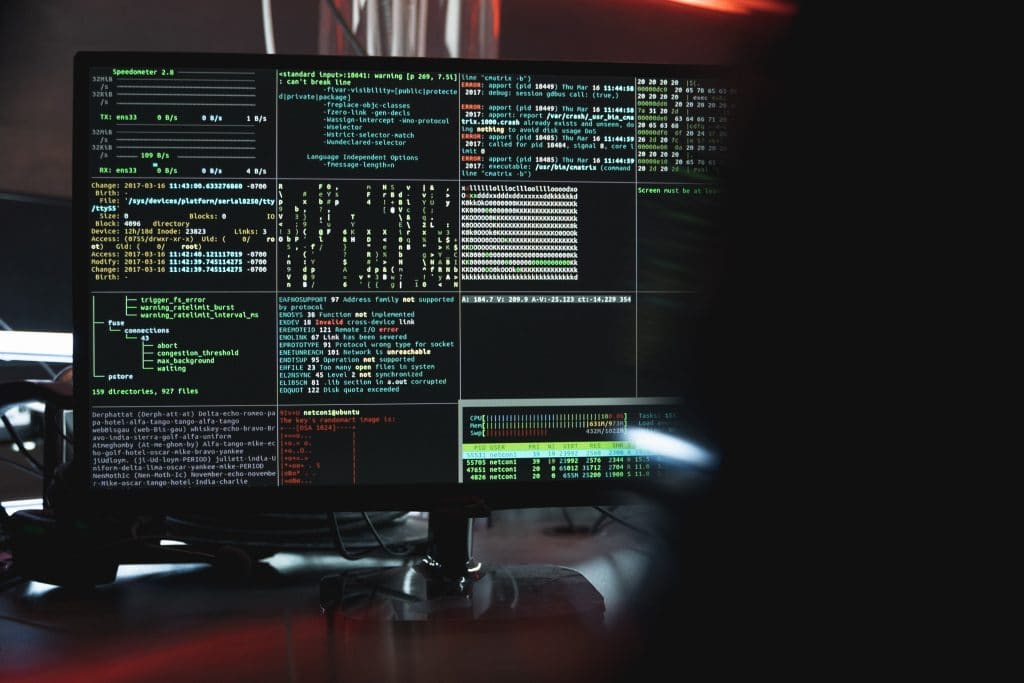NASA’s Space Launch System rocket launches as part of the Artemis I flight test in Florida. Photo: NASA/Joel Kowsky
The US space agency says the specific regions are for its Artemis III mission and it is surveying other areas for missions beyond that.
“NASA’s selection of these regions shows our commitment to landing crew safely near the lunar South Pole, where they will help uncover new scientific discoveries and learn to live on the lunar surface,” says Lakiesha Hawkins, assistant deputy associate administrator for NASA’s Moon to Mars Program Office.
The lunar South Pole has never been explored by a crewed mission and could contain traces of water, according to NASA.
“The Moon’s South Pole is a completely different environment than where we landed during the Apollo missions,” says Sarah Noble, the Artemis lunar science lead at NASA Headquarters in Washington.
“It offers access to some of the Moon’s oldest terrain as well as cold, shadowed regions that may contain water and other compounds. Any of these landing regions will enable us to do amazing science and make new discoveries.”
To select these sites, a multidisciplinary team of scientists and engineers analysed the lunar South Pole region using data from NASA’s Lunar Reconnaissance Orbiter and current lunar science research.
NASA says factors for selecting a landing site include scientific potential, launch window availability, terrain suitability, communication availability with Earth, and lighting conditions.
A mission geology team who evaluated the potential landing regions for their scientific promise say each site could boost our understanding of rocky planets, lunar resources, and the history of our solar system.
“Artemis III will be the first time that astronauts will land in the south polar region of the Moon,” says Jacob Bleacher, NASA’s chief exploration scientist.
“They will be flying on a new lander into a terrain that is unique from our past Apollo experience.
“Finding the right locations for this historic moment begins with identifying safe places for this first landing then trying to match that with opportunities for science from this new place on the Moon.”
NASA’s site assessment team will continue to survey the lunar South Pole region for future Artemis missions including greater scientific research (Artemis IV) and the deployment of a LTV (Lunar Terrain Vehicle) on Artemis V.
The agency will select sites within regions for Artemis III after it identifies the mission’s target launch dates and surface environment conditions.







